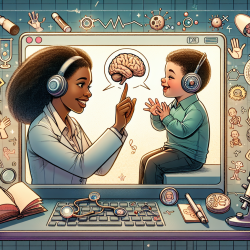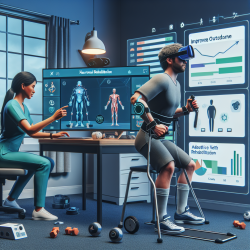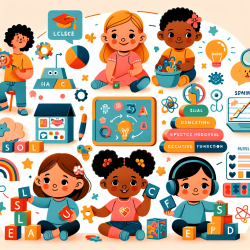Understanding the complex needs of deaf children in educational settings is crucial for practitioners aiming to provide effective support and interventions. A significant body of research, including a study titled Central Auditory Dysfunction in Deaf Children, sheds light on the potential impact of neonatal asphyxia on the auditory and language development of deaf children. This research offers valuable insights for educators and therapists working to enhance learning outcomes for this population.
The study by Gerber, Wile, and Hamai (1985) explores the relationship between neonatal asphyxia—a condition resulting from oxygen deprivation at birth—and central auditory dysfunction in deaf children. By comparing the language skills of deaf children with and without a history of neonatal asphyxia, the researchers aimed to uncover the specific challenges faced by those affected by asphyxia and propose strategies to support their educational journey.
Key Findings:
- Deaf children with a history of neonatal asphyxia demonstrated significant difficulties in language processing and production compared to their peers without such a history.
- The study highlighted a notable difference in receptive language skills, with asphyxiated children scoring lower on tests designed to assess the ability to process word and sentence structures.
- Additionally, these children showed increased variability in their performance, indicating a broader range of difficulties in language acquisition and processing.
These findings underscore the necessity for tailored educational strategies that address the unique needs of deaf children who have experienced neonatal asphyxia. As educators and therapists, it is imperative to adopt a flexible and informed approach to support these students effectively.
Implications for Practice:
- Early Identification and Assessment: Recognizing the signs of central auditory dysfunction early can lead to timely interventions. Practitioners should conduct thorough assessments to identify specific areas of need.
- Individualized Education Plans (IEPs): Education plans should be customized to address the unique challenges faced by each child, incorporating goals focused on enhancing language processing and production skills.
- Use of Visual Aids: Given the visual reliance of deaf children, incorporating visual aids into learning activities can help mitigate language processing difficulties.
- Collaboration with Families: Engaging families in the educational process ensures that strategies implemented in the classroom are reinforced at home, providing a consistent learning environment.
The study also highlights the potential for further research to explore effective interventions and educational practices that can improve outcomes for deaf children with central auditory dysfunction. Practitioners are encouraged to engage with current research and contribute to the growing body of knowledge in this field.
In conclusion, the insights gained from the study Central Auditory Dysfunction in Deaf Children provide a valuable framework for developing targeted strategies to support deaf children affected by neonatal asphyxia. By implementing individualized, research-informed interventions, educators and therapists can make a significant impact on the educational trajectories of these children, fostering an environment where every child has the opportunity to thrive.
To read the original research paper, please follow this link: Central Auditory Dysfunction in Deaf Children.










